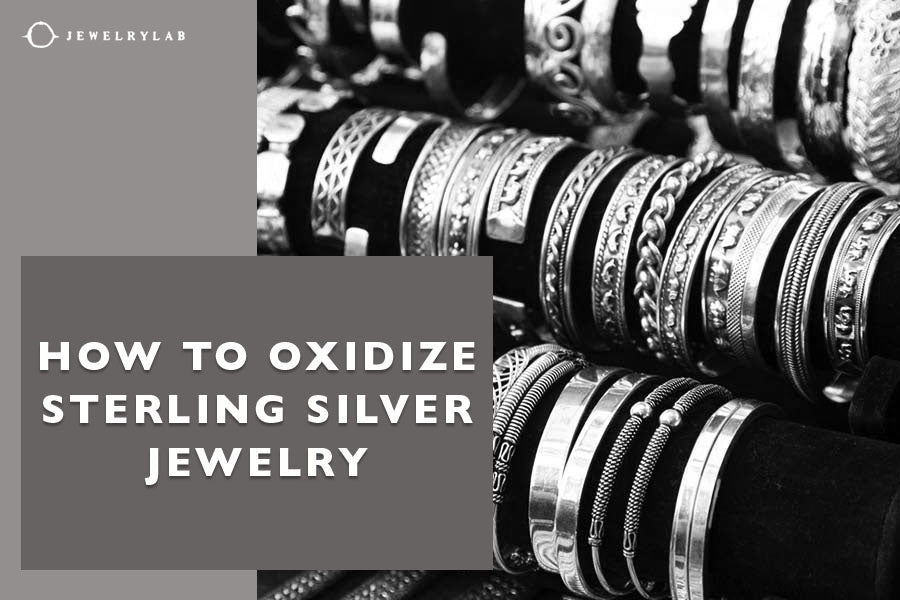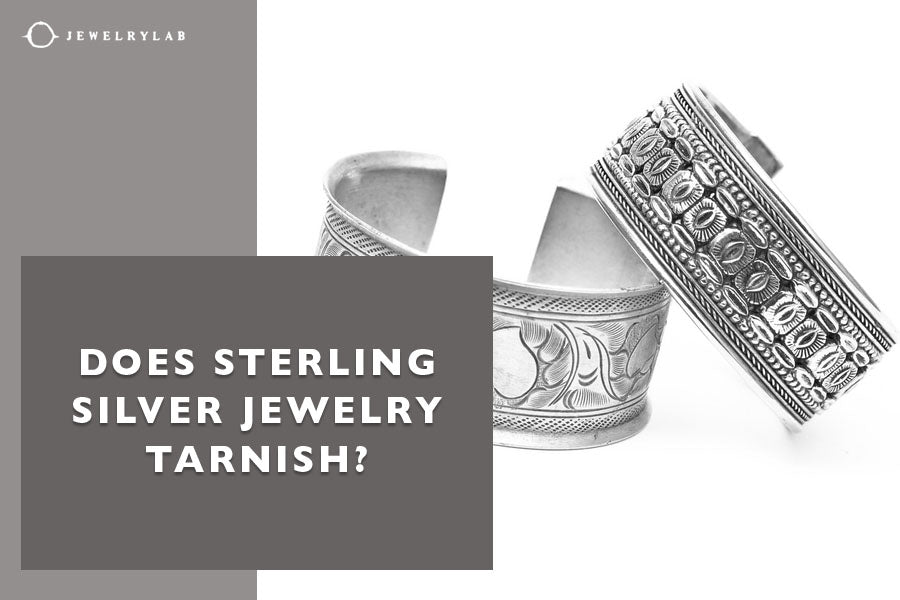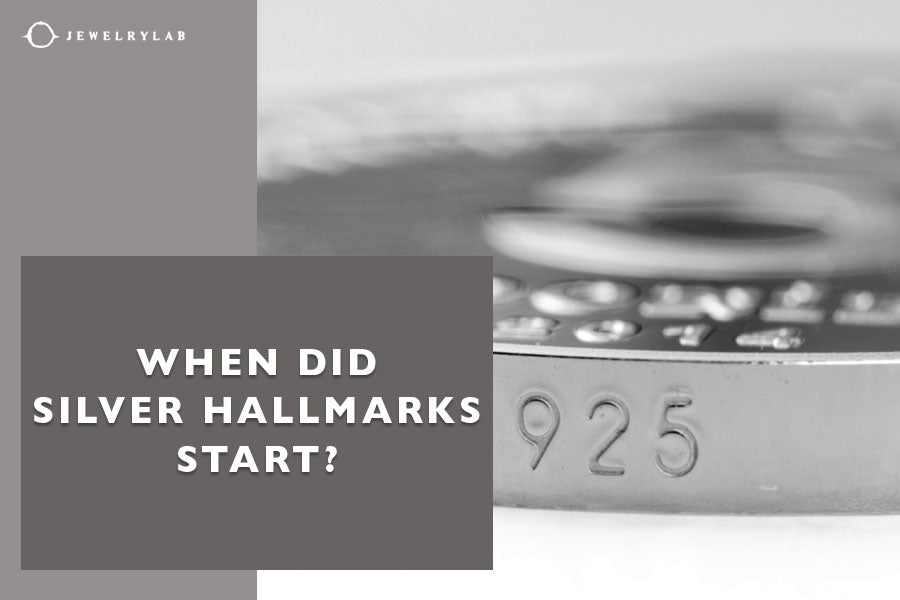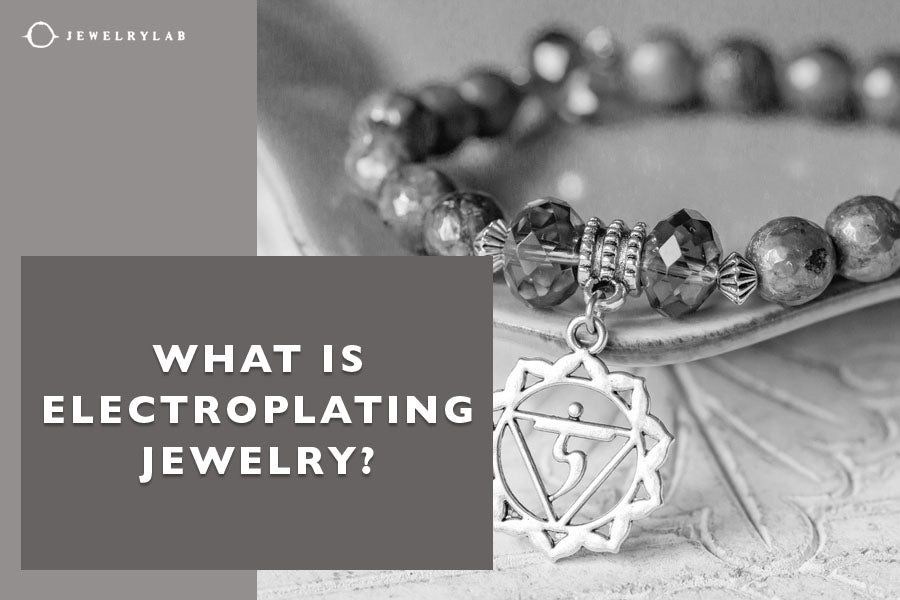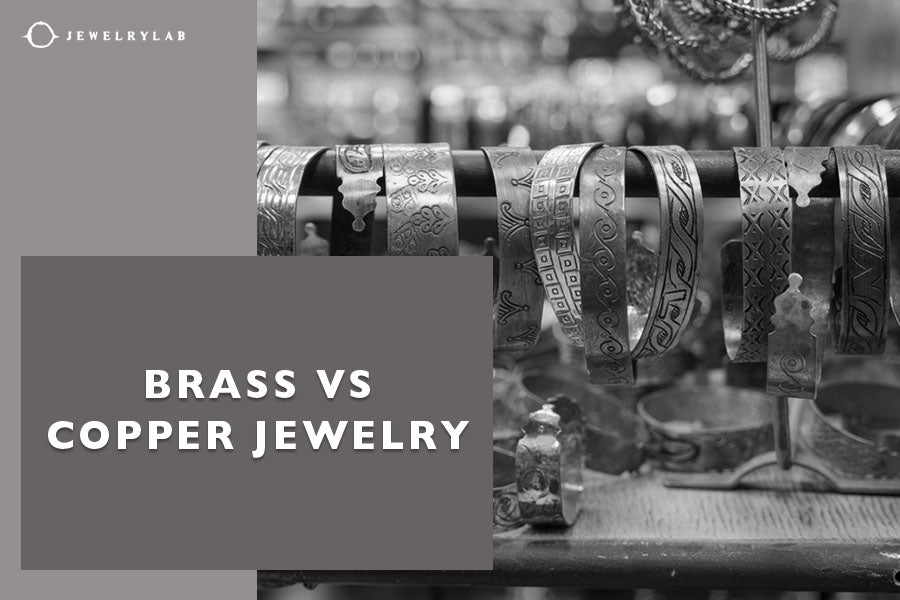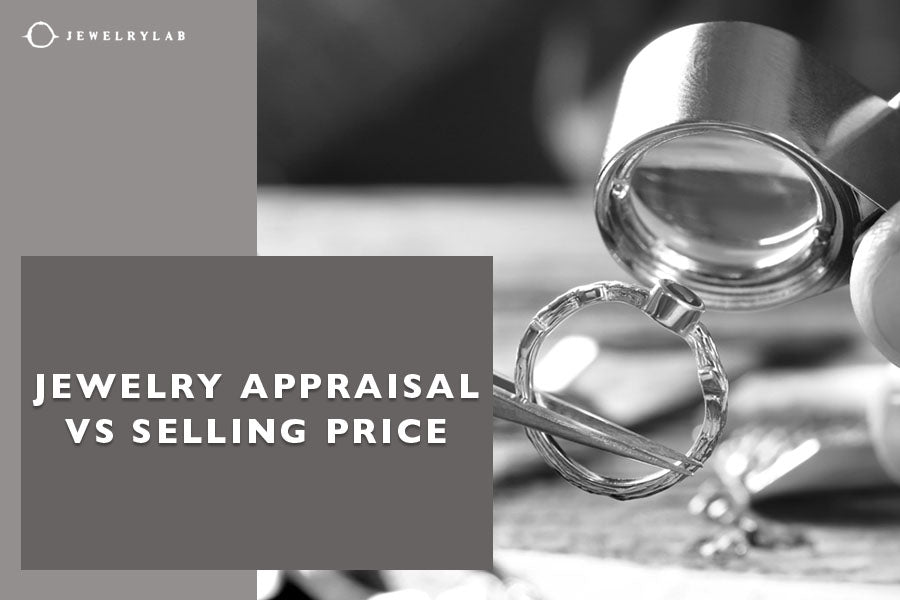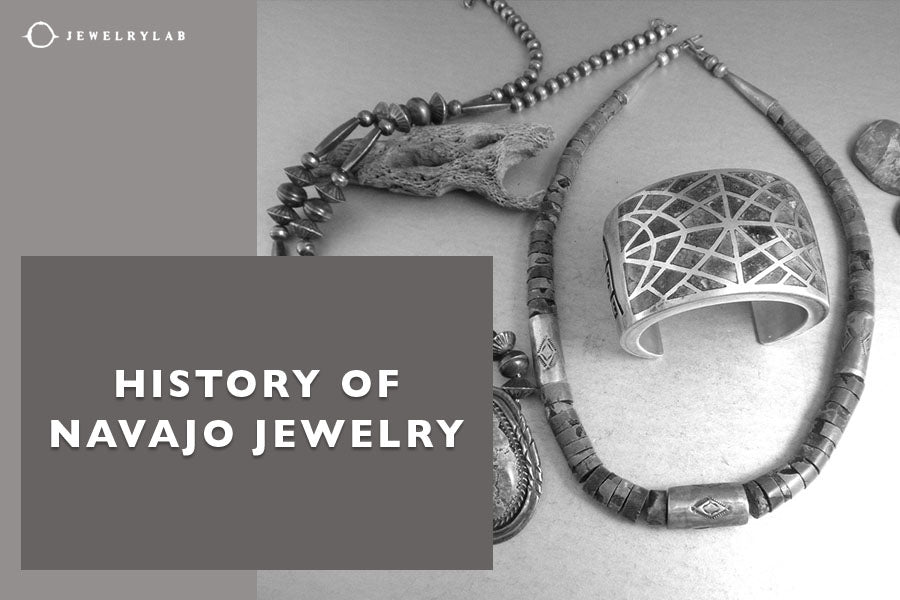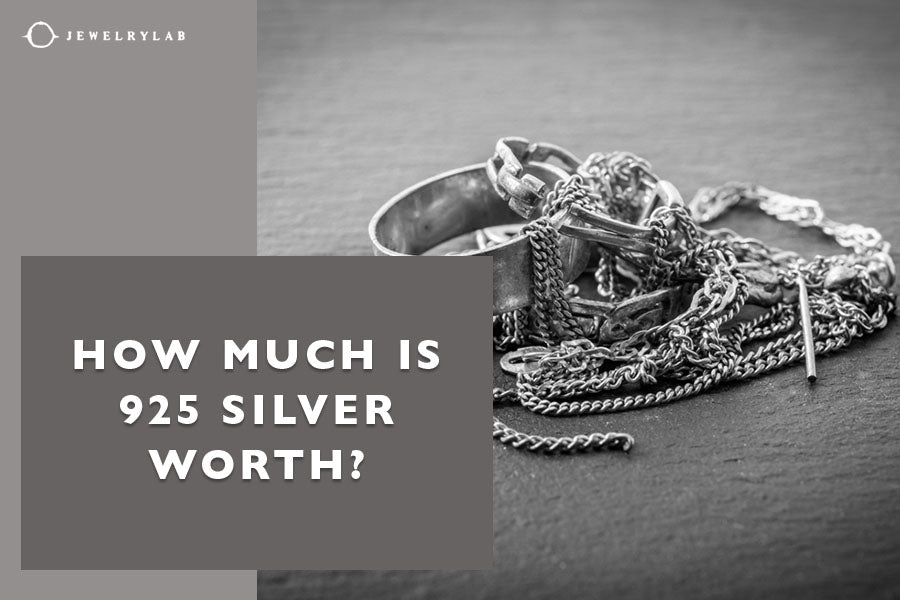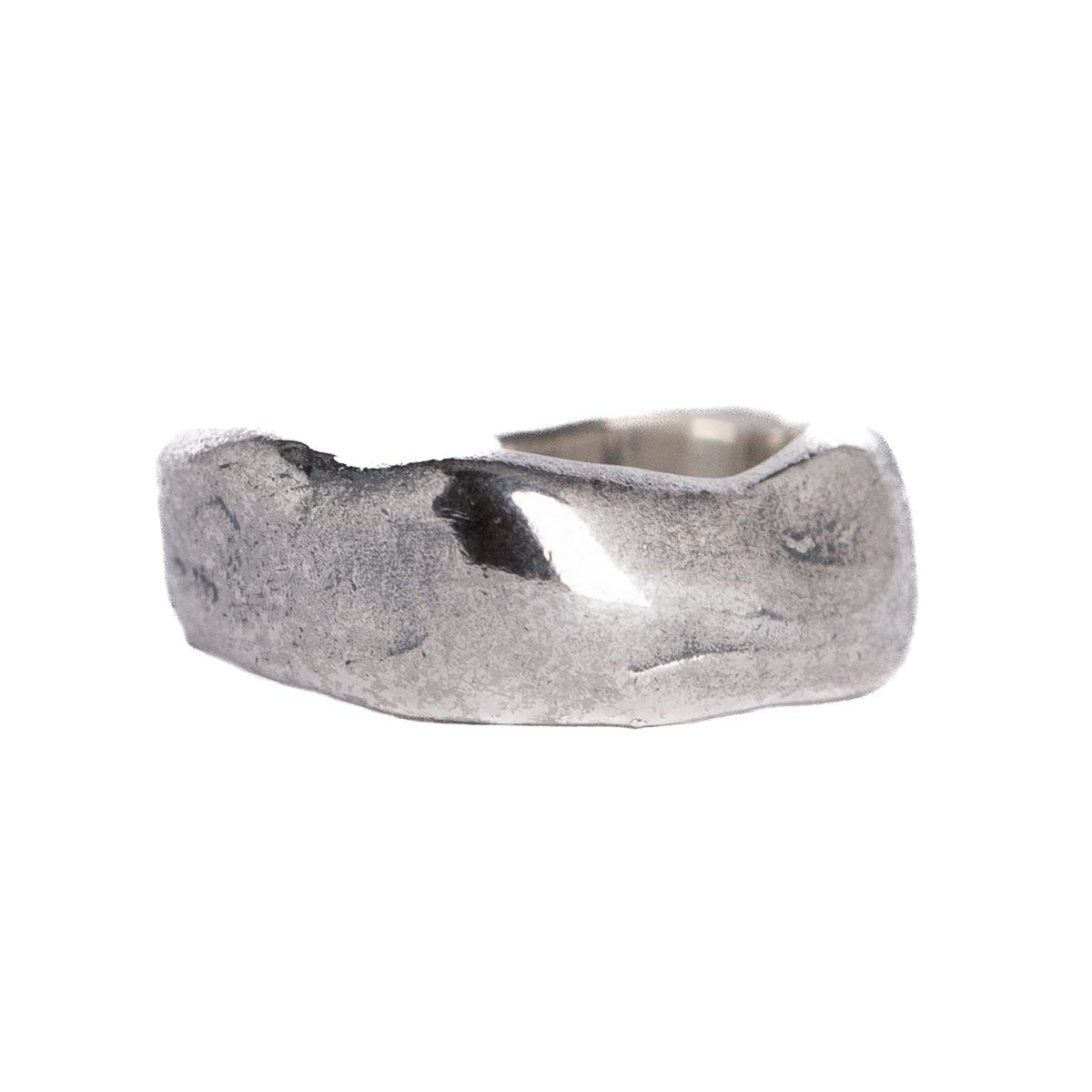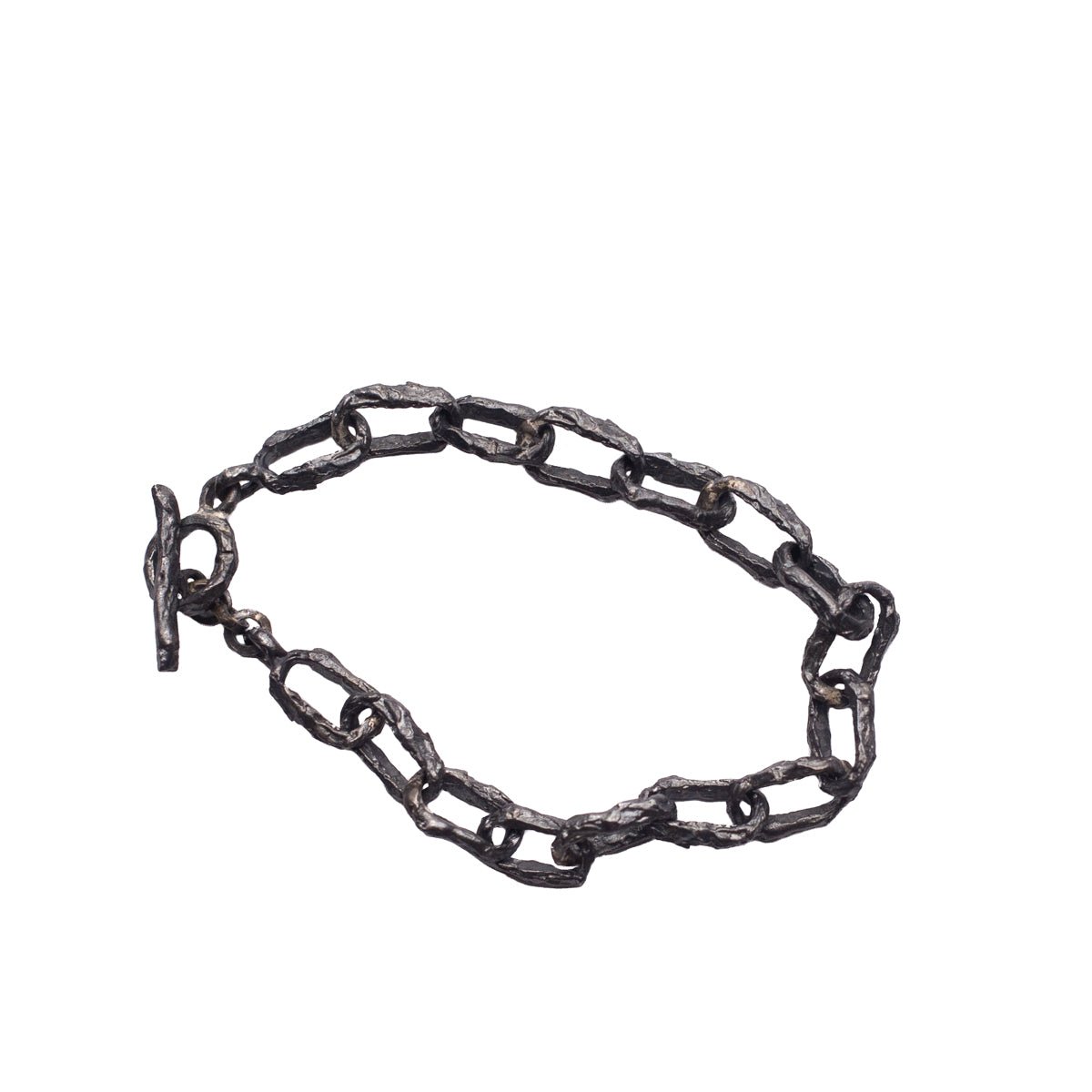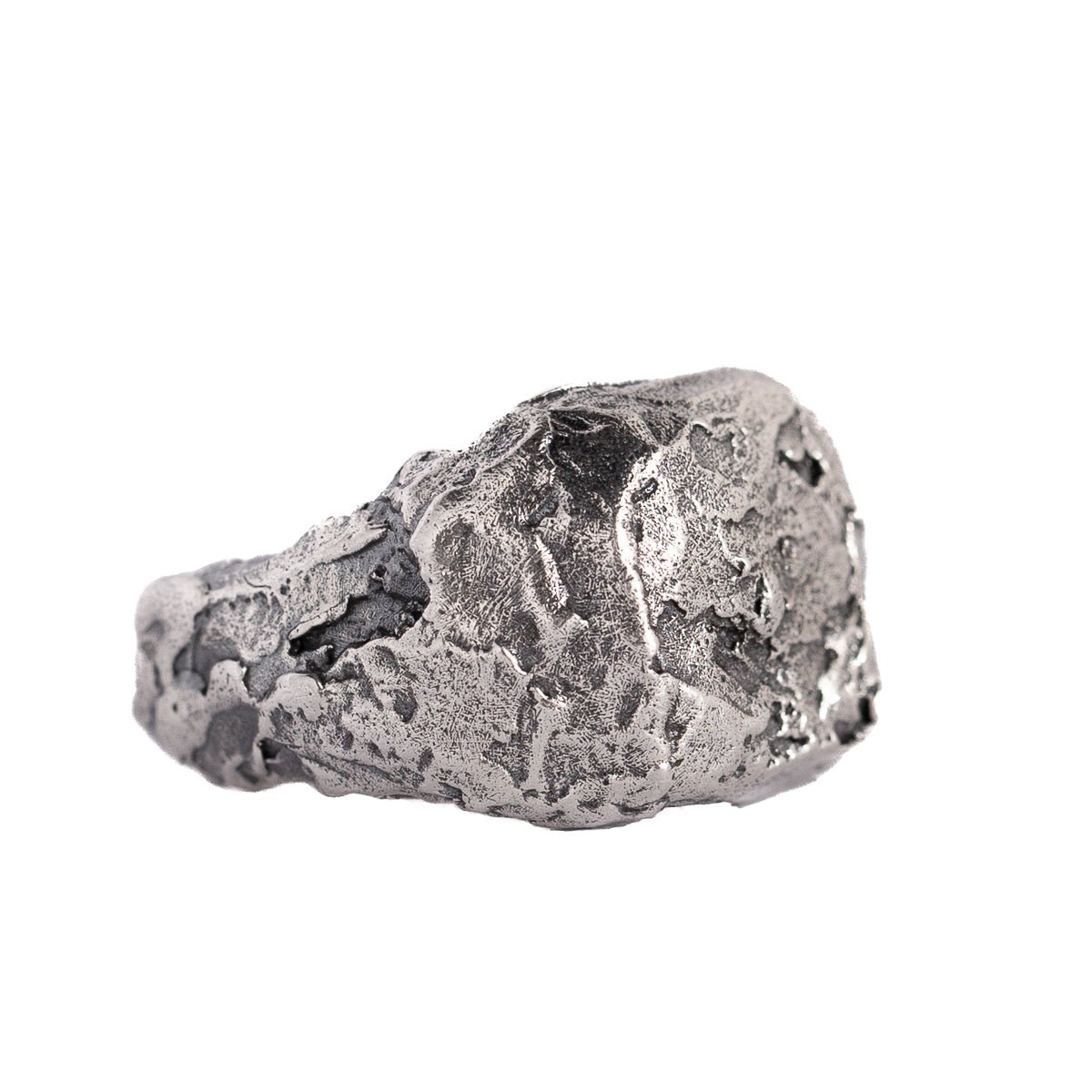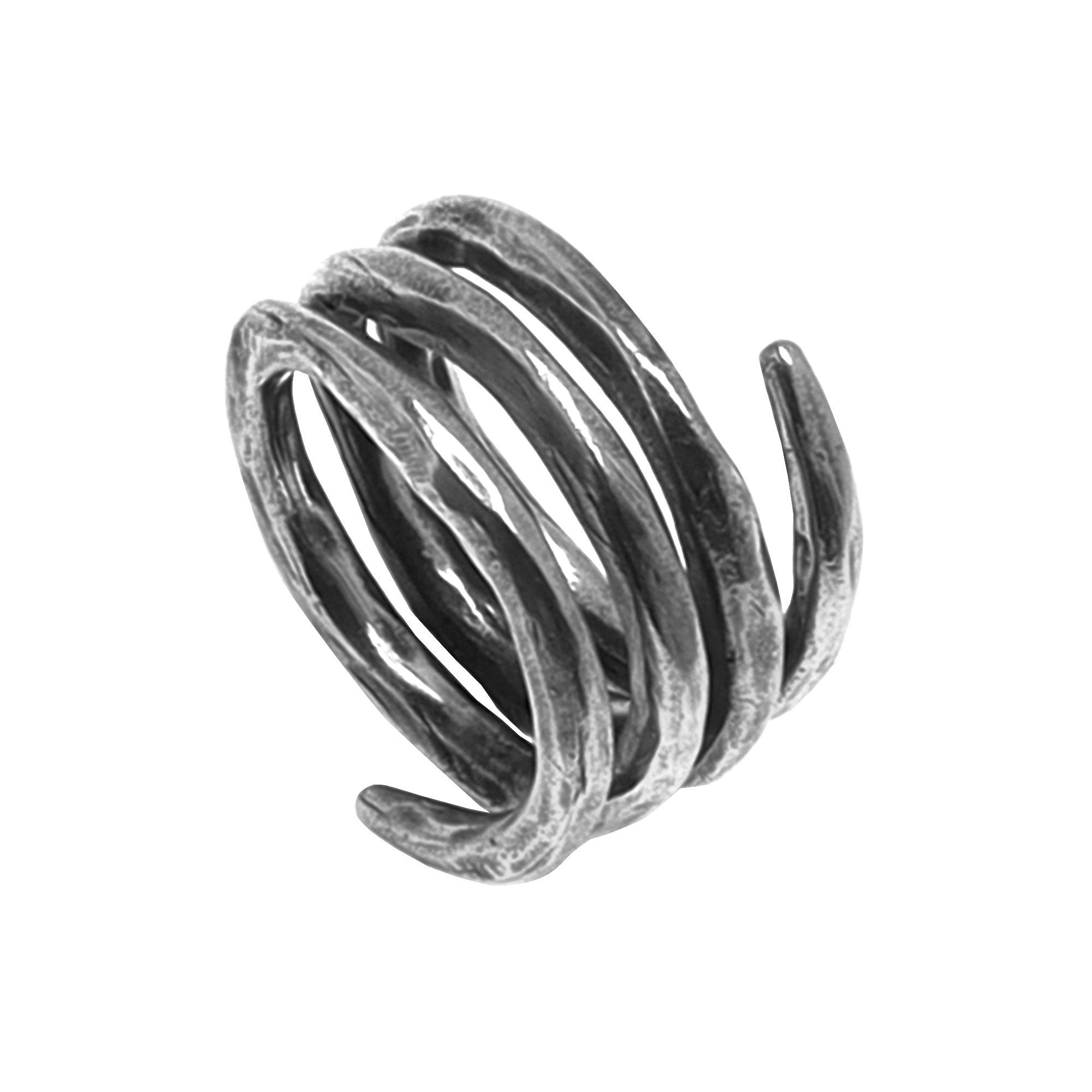Antique jewelry pieces are some of the most alluring pieces that one can own. But people often need help distinguishing between antique and vintage pieces. With this in mind, we have prepared this helpful antique jewelry identification guide.
To avoid mistaking vintage pieces for antiques, you must learn what distinguishes them. Antique jewelry is considered every piece that is a century old or more, while pieces below a century belong to the vintage category.
Still, more and more pieces are entering the antique category each year, which is why identification is crucial. You may have vintage pieces that are now considered antique.
Let's see how you can check if jewelry is antique.
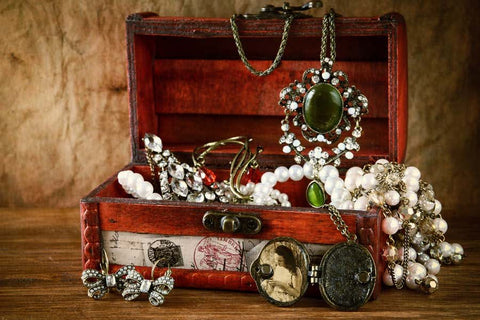
Source: shutterstock.com / Photo Contributor: tomertu
Antique Jewelry Identification Guide - What is Antique Jewelry?
We can easily define antique jewelry as 100 or more years old. But when it comes to identifying which pieces meet the criteria, it becomes more of a challenge.
Some pieces are easier to date as they have easily identifiable stamps and marks, while others, instead of marks, bear a significant style. Jewelry without any visible marks often requires the knowledge of jewelry experts to discern the material, maker, and age of a specific piece.
One of the ways jewelers discern jewelry origin is through the style of the pieces. Many of the styles continue to live on even in contemporary pieces as they inspire today's metalsmiths.
Our own team often takes inspiration from the nature motifs and self-expression that antique jewelry offers.
Many eras have distinct jewelry styles that define them as they were pretty fashionable during those times.
Pre-Columbian (Before 1492)
Jewelry is over 100,000 years old, so it is not a new-age invention. In fact, jewelry was a common way of displaying wealth and status symbols in ancient civilizations. Of antique jewelry pieces, styles from before 1492 are referred to as Pre-Columbian.
Pre-Columbian jewelry's use of gold, strong forms, and simple lines could stand up to any modern piece of jewelry or sculpture.
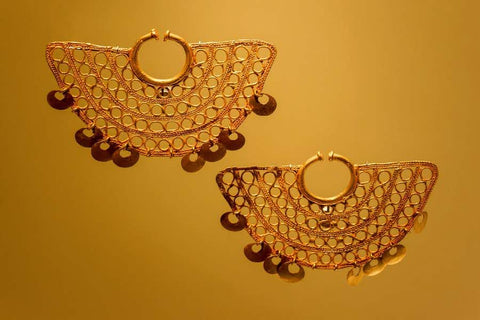
Source: shutterstock.com / Photo Contributor: Bruno M Photographie
Renaissance (1450 to 1650)
The dazzling yellow-gold jewelry of the Renaissance was interspersed with vibrant jewels. Pendants were used extensively, and the settings were ornate and striking. The jewelry, much like the era's art, was focused on human self-expression.
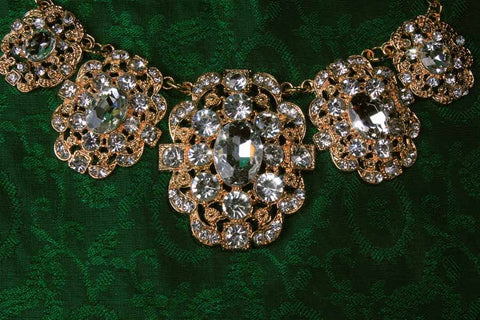
Source: shutterstock.com / Photo Contributor: Alexxx Shmel
Georgian Era (1714–1837)
Named after the four King Georges who ruled from 1714 to 1830, the Georgian era of jewelry creation began in 1714. Jewelers at this time frequently created unique pieces of Georgian jewelry using colored gemstones and gold.
The Georgian era is mainly known for the popularity of yellow gold and elaborate jewelry designs.
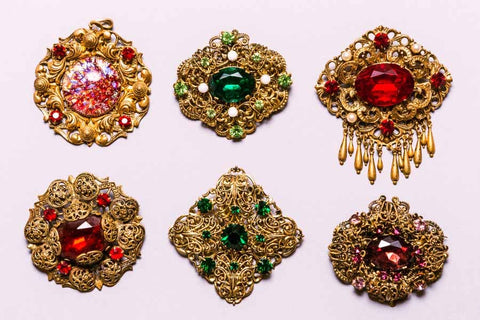
Source: shutterstock.com / Photo Contributor: mdbildes
Victorian Era (1837–1901)
The period's fashions were usually elaborate, sentimental, and whimsical, with many bows, hearts, flowers, and animals. In addition to rubies, emeralds, amethysts, and garnets, accent pieces frequently included seed pearls, turquoise, and coral.
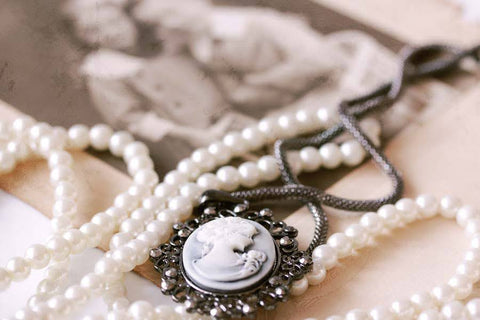
Source: shutterstock.com / Photo Contributor: Hanka Steidle
Art Nouveau (1890–1914)
Emerging in reaction to the Industrial Revolution and the era of machines, this style valued incredibly unique, hand-crafted pieces that prioritized the natural over the manufactured.
Art Nouveau jewelers adopted natural themes, motifs, colors, and sweeping shapes. As the Art Nouveau jewelry style was defined by motifs from nature, stones like amber, opal, and moonstone were prevalent.

Source: shutterstock.com / Photo Contributor: Plantronica
Edwardian Era (1901–1915)
Concurrent with the Art Nouveau era, Edwardian jewelry embodied the principles of the Art Nouveau style, but instead of grandiose designs, it incorporated delicate patterns.
Named after King Edward VII, the Edwardian era turned to simple designs, with platinum and white gold as popular jewelry materials. The designs followed the delicate style of the Victorian era with floral and lacy patterns.
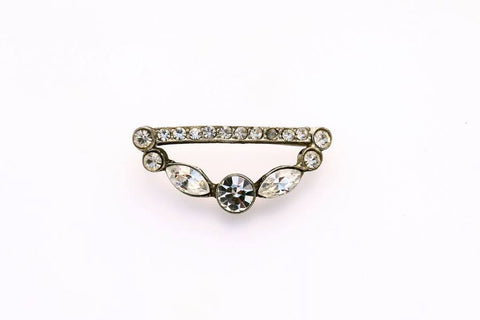
Source: shutterstock.com / Photo Contributor: ziedonis
Art Deco (1920–1939)
Art Deco architecture was a celebration of modernity, technology, and the return to normalcy following the chaos of war. Considering that the Art Deco style was fashionable during the 20s and 30s, not all pieces are considered antique.
For instance, as it is now 2024, all pieces dating back to 1924 are becoming antique, while those after are still under the vintage category.
It was simplified and placed a strong emphasis on structure. Vibrant hues and geometric designs conveyed the dramatic transition to the modern era.
In contrast to the freeform, flowing motifs of the Art Nouveau era, it was symmetrical and regular.
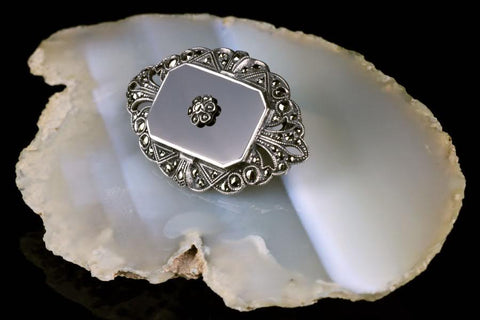
Source: shutterstock.com / Photo Contributor: Marty Feussner
Hallmarks and Maker's Marks
Jewelry pieces with stamped hallmarks or maker's marks are easier to identify if they are antique. Hallmarks are marks stamped on precious metal jewelry pieces indicating three things:
- The metal's purity
- The maker of the jewelry piece
- Date and year of production
For instance, an antique gold hallmark would be "750" for 18K gold (75% gold), "585" for 14K gold (58.5% gold), or "916" for 22K gold (91.6% gold). Always check if there are any and what the hallmarks say on your jewelry.
Antique gold hallmark identification dates back to 1238, when Henry III ordered the goldsmith community to choose six goldsmiths in London to authenticate gold.
They did the authentication with a standardized list of gold hallmark symbols. The hallmarking system eventually became a global standard.
Maker's marks are engravings on jewelry that identify the manufacturer or designer of the piece. Maker's marks can be stamps in the form of a name, initials, or a symbol associated with the maker.
Assess Condition and Quality
Another way to determine if the jewelry is antique is by assessing the piece's condition. Since antique jewelry is considered jewelry over a century old, it will likely be more worn down, but it’s not a rule set in stone. Sometimes even a vintage piece can be worn down.
Also, there are jewelry pieces in both private collections and museums that are still in mint condition, and some new pieces are in horrible condition. The condition of jewelry largely depends on how well taken care of they are.
However, as a rule of thumb, antique jewelry will have more noticeable signs of wear and tear.
One indicator of age is patina. Patina is a discoloration or tarnish that forms over metals due to oxidization. The patina that forms over antique pieces gives them a duller and frosted look, which is what unique experts and jewelry enthusiasts look for.
Looking for a patina is more useful for gold pieces as it takes longer to form, while with silver, it only takes a few months to appear.
Research and Resources
There are several ways to try to determine the age of a jewelry piece if there are no hallmarks or other stamped marks. Some of the best ways to research are the following.
Provenance and proof of purchase
You may need to conduct more detailed research if a jewelry piece is a family heirloom. This is because while the jewelry may not bear any markings, you may be able to trace its place of origin.
So, to check the provenance of an antique jewelry piece, you may:
-
Try procuring a receipt bank statement or get a certificate of authenticity.
-
Attempt to find old family photos where some of your relatives wore the piece before you became its owner.
-
Try to ask around your family about the history of the jewelry to determine if it has been in the family for at least a century.
Consult an antique jewelry expert
Antique jewelry experts have special knowledge that allows them to determine the age of the jewelry. It is also the most surefire way to determine whether a specific jewelry piece is antique.
But keep in mind that antique jewelry is a separate specialty, meaning regular jewelers may only be able to determine the date of a piece with a hallmark. Antique jewelry experts have more ways to do so accurately.
Buying and Collecting Antique Jewelry
Worth and significance
Because we connect contemporary high-street jewelry with particular memories or occasions, it frequently takes on significance for us. Antique jewelry's age, legacy, and history already lend it significance and intrinsic worth.
On the other hand, antique jewelry also has a high monetary value. Some designer jewelry from world-renowned designers or brands has reached enormous sums.
Before you buy antique jewelry, read up on famous designers; this will make it easier to spot their stamps and symbols on jewelry.

Source: shutterstock.com / Photo Contributor: Pedal to the Stock
Gemstones quality marks
Sometimes, the gemstones used in antique jewelry may have quality marks that state their color, clarity, and cut. You should check if your jewelry with gemstones has any such marks, as they may say the date the piece was created.
Authenticity
Another thing you may look out for is if there are any trademarks or copyright stamps. Trademarks may be a brand name, logo, or symbol associated with specific brands that have been around for a while. This tells you if the jewelry is authentic or not.
Reputable sources
When you are researching antique jewelry, you must only use sources that are deemed reputable. Reputable sources for identifying antique jewelry include museums, websites, and historical books.
Conclusion
Hopefully, you find our antique jewelry identification guide helpful in identifying whether the pieces you own are antique.
Once again, we should reiterate the importance of checking if your jewelry has any stamp marks or a distinct style pointing to a specific period. If all else fails, you may contact an expert who is sure to pinpoint the exact date of your jewelry manufacturing.
DESIGNED & HANDMADE IN BALI
FREE RESIZING FOR EVERY PIECE
FREE SHIPPING ON $150+ ORDERS
100% SAFE & SECURE CHECKOUT










